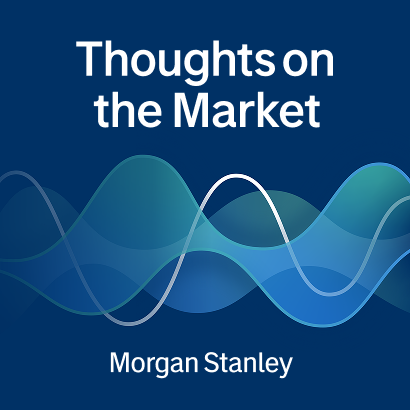Sustainable funds outperformed traditional peer funds and reduced investment risk during coronavirus in 2020, according to the Morgan Stanley Institute for Sustainable Investing.
Key Findings
In 2020:
- U.S. sustainable equity funds outperformed their traditional peer funds by a median total return of 4.3 percentage points.
- U.S. sustainable bond funds outperformed their traditional peer funds by a median total return of 0.9 percentage points.
- U.S. sustainable equity funds’ median downside deviation was 3.1 percentage points less than traditional peer funds.
- U.S. sustainable taxable bond funds’ median downside deviation was 0.4 percentage points less than traditional peer funds.
In a year of extremes brought on by the pandemic, 2020 encapsulated wild market movements. It started with a steep drop in markets last March, followed by a global recession and months of severe market volatility that ultimately ended with rising markets. Sustainable funds, which focus on environmental, social and governance (ESG) factors, across both stocks and bonds, weathered the year better than non-ESG portfolios, according to the Morgan Stanley Institute for Sustainable Investing.
An analysis of more than 3,000 U.S. mutual funds and exchange-traded funds (ETFs) shows that sustainable equity funds outperformed their traditional peer funds by a median total return of 4.3 percentage points in 2020. During the same period, sustainable taxable bond funds beat their non-ESG counterparts by a median total return of 0.9 percentage points.
2020 Median Total Returns
Sustainable U.S. equity and taxable bond funds also proved less risky than their traditional counterparts in 2020. U.S. sustainable equity funds’ median downside deviation was 3.1 percentage points less than traditional peer funds, and 0.4 percentage points less for U.S. sustainable bond funds, compared to their non-ESG counterparts.
A longer time horizon shows similar findings. For the full-year 2019, sustainable equity funds outpaced traditional peer funds by a median of 2.8 percentage points, while sustainable taxable bond funds outperformed their traditional peer funds by a median of 0.8 percentage points. In any given year from 2004 through 2018, sustainable funds' median total returns were in line with that of traditional counterparts and provided more downside risk protection, especially during periods of increased market volatility, according to an Institute report issued in 2019.
“Sustainable investments have continued to perform well throughout 2020, reinforcing the value of sustainable investing and further dispelling the myth that investors who include sustainability considerations in their portfolios face a financial trade-off,” says Audrey Choi, Chief Sustainability Officer at Morgan Stanley and CEO of the Institute for Sustainable Investing.
The Rise of Sustainable Investing
The comparative analysis bolsters favorable perceptions of sustainable investing, which are becoming more widely accepted among asset-owner institutions, individual investors and asset managers, who see potential for sustainable portfolios to yield attractive financial returns, alongside positive environmental or social impact.
At the start of 2020, 1-in-3 dollars under professional management in the U.S.—around $17.1 trillion—employed a sustainable investing strategy, a 42% increase since 2018.1
In the U.S., about half of individual investors have adopted sustainable investing, while 80% of asset-owner institutions are integrating sustainability considerations into their investment processes, according to the Institute’s 2019 and 2020 Sustainable Signals reports. Evolving regulations are also pushing companies to disclose more information about their sustainability practices, giving investors more data to measure ESG risks and opportunities.
U.S. sustainable-investing-fund inflows accelerated in the fourth quarter of 2020. Investors allocated $20.5 billion over the final three months of the year, more than doubling the previous quarterly record set in 2019.2
In analyzing differences between portfolio compositions of sustainable equity funds and their traditional counterparts, the Institute found that in 2019, sustainable funds on average held stocks with larger market capitalizations, and more shares in companies considered growth stocks. These sustainable funds also had lower carbon risk, a measure of exposure to companies with high greenhouse-gas-emission profiles, according to the Institute's September report.
See the Sustainable Reality report analyzing ESG and non-ESG fund performance in the first half of 2020 and our series of Sustainable Signals surveys of institutional asset owners and individual investors. A full description of the methodology, robustness checks, definitions of the indicators and the data sampling procedure are available upon request. Please contact sustainability@morganstanley.com with any methodological inquiries.



